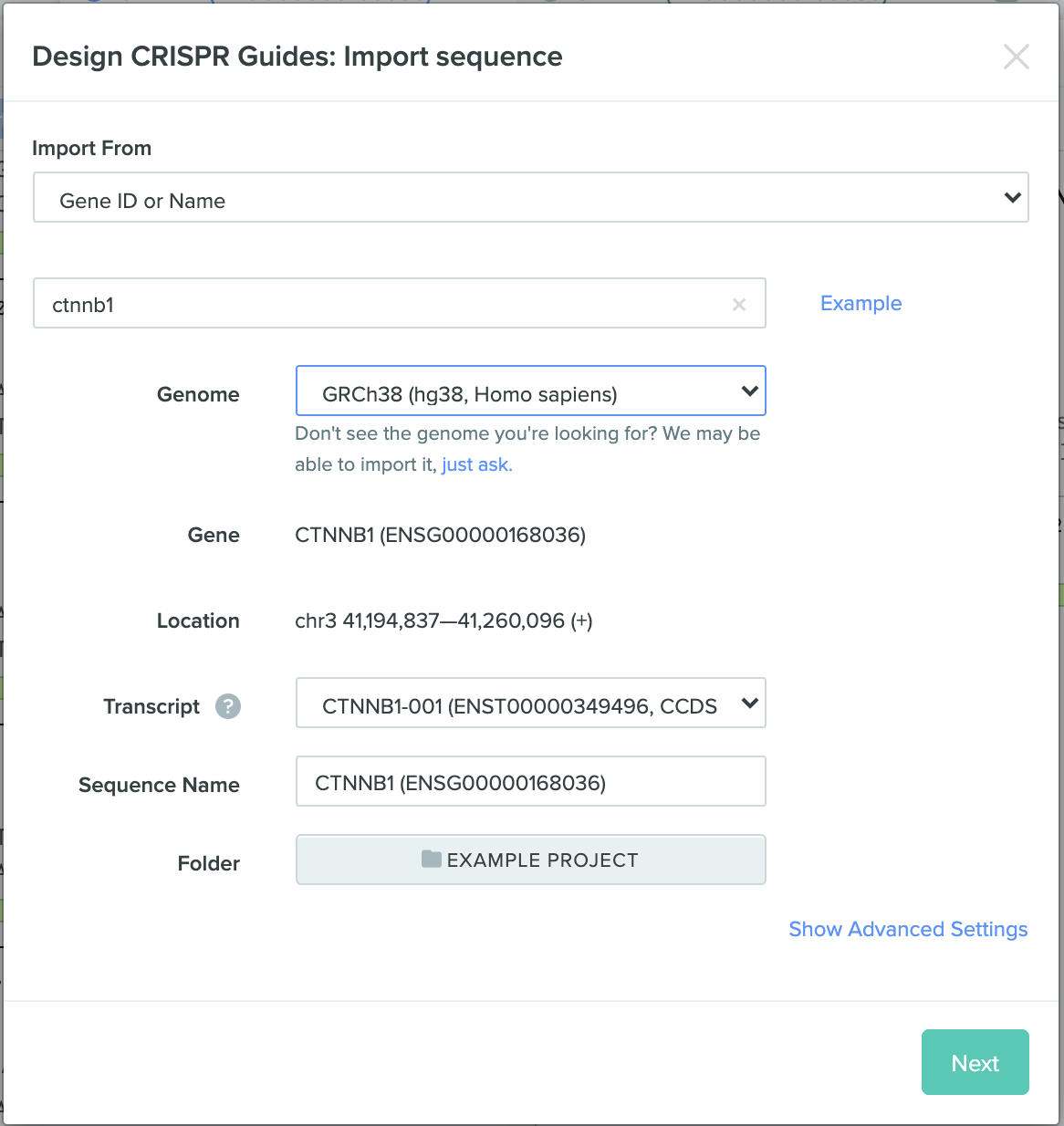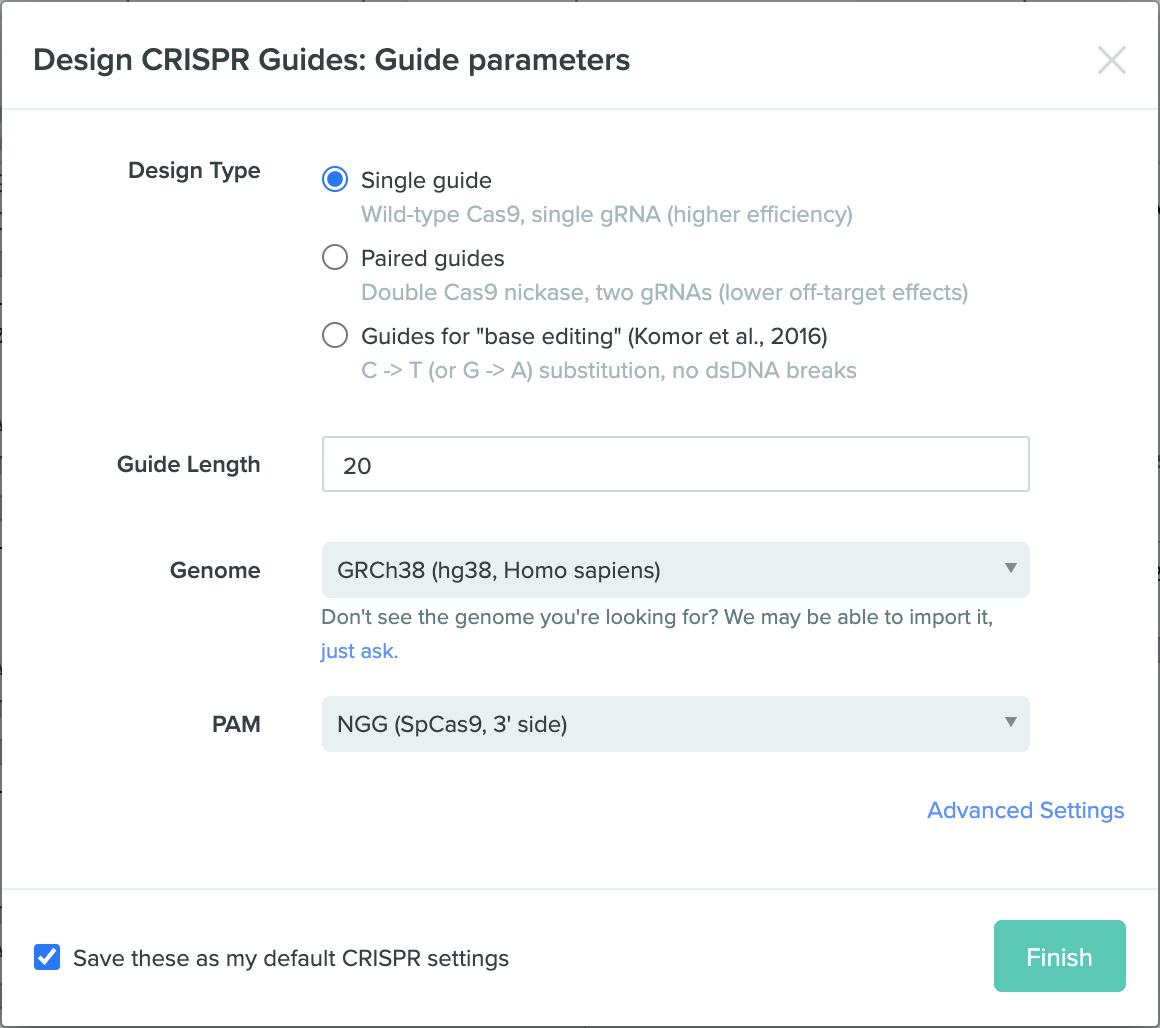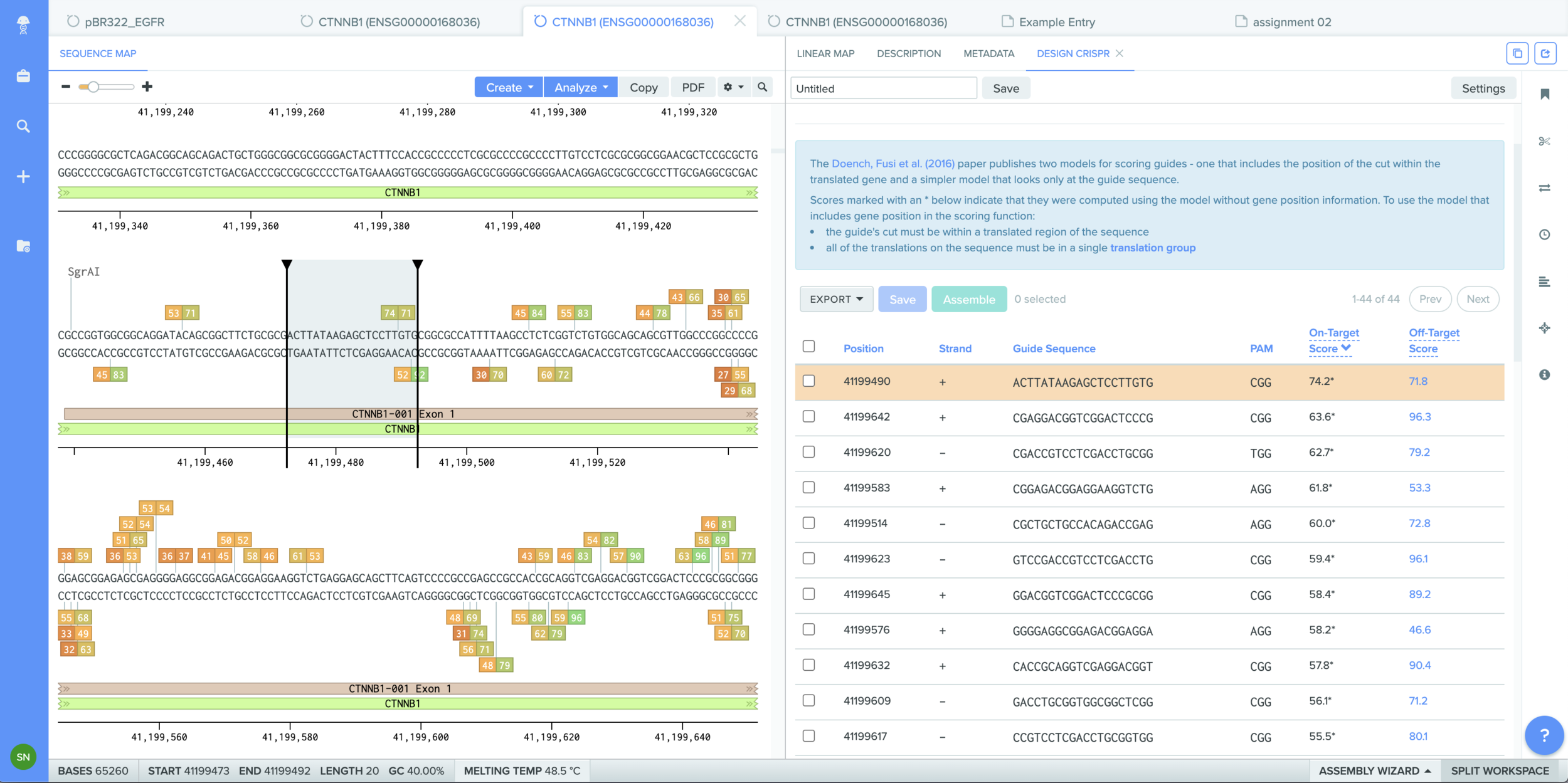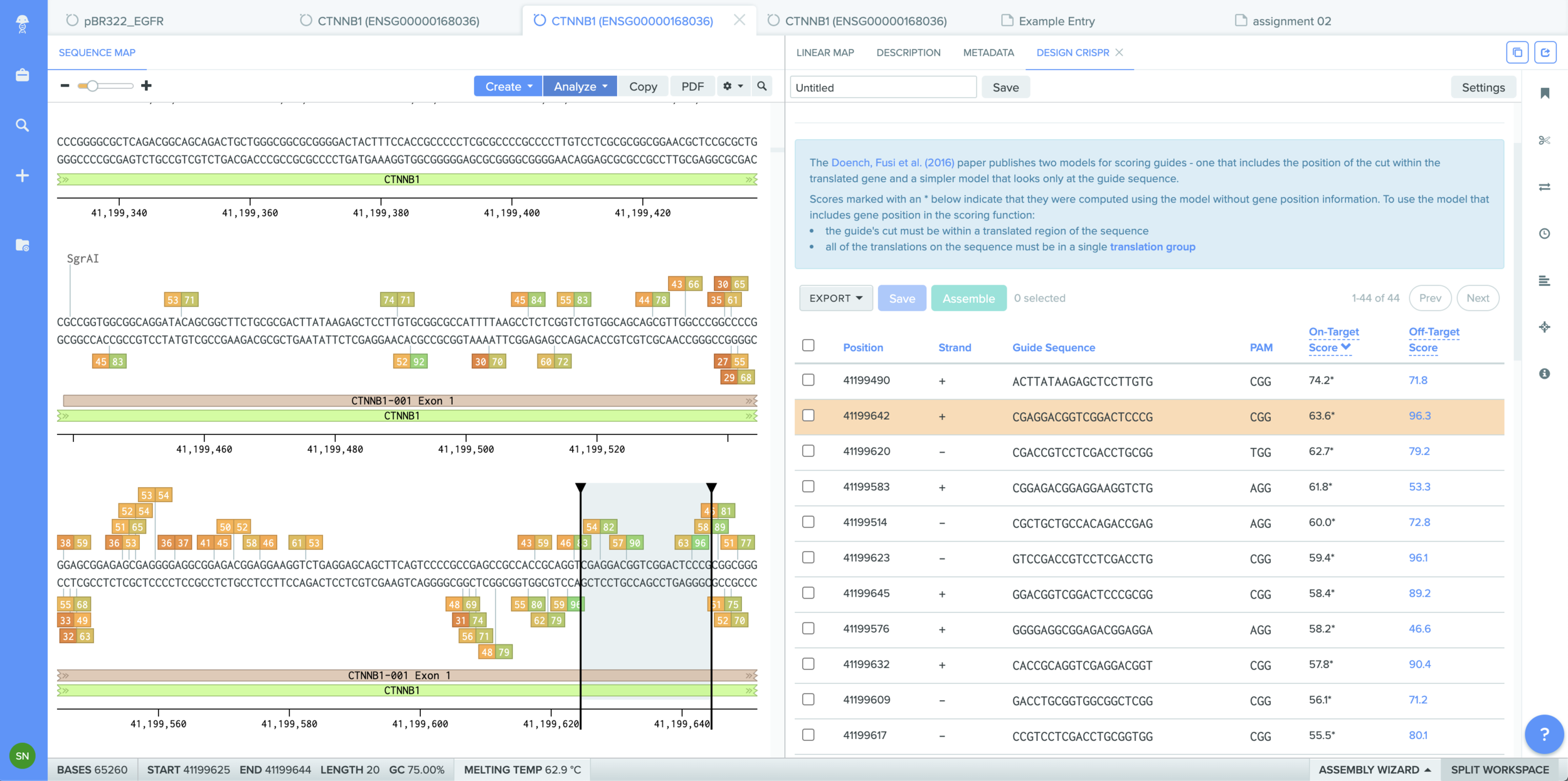1.) Overview and rationale:
Humans and most organisms, except for some microbial extremophiles, aren’t fit to survive the host of stressors in deep space or on other planets. To survive long duration space exploration or to inhabit planets other than Earth, we need to make organisms that are more suited to endure multiple stressors. Genetic engineering could help us to build the ultimate astronaut. One that is resistant to high radiation(CTNNB1), and bone loss(SOST) due to altered gravity; but also more mentally resilient with genes that make them less prone to anxiety, and cognitively more agile(PDE4B, FOXP2, CCR5, GRIN2B). We could even augment their physical capabilities by adding a gene that gives them six-fingered hands(HOXA11).
High cosmic radiation is one of the most detrimental stressor in deep space, as well as on a planet like Mars that lacks a magnetic field or a thick atmosphere to shield humans and most organisms that have evolved on earth from radiation. Long duration space exploration will require radiation protection measures. Designing radiation resistant organisms could be a method to ensure long term radiation protection in space.
CTNNBI is a gene with radiation resistance properties. This mutation could be applied to humans to make them more fit to survive and thrive in space.
2.) Genomic sequence:
3.) Genome editor design:
CRISPR/Cas9-based
delivery: TBD
screening: TBD




